Executives can see big potential in artificial intelligence to boost productivity, engage with customers and develop new business opportunities to stay at the forefront of innovation. According to a Mckinsey Global Survey, Nearly half of the respondents have adopted this technology into at least one functional area and are looking for ways to further its use.
But AI analysts and experts indicate that organizations have barely scratched the surface of the true potential of artificial intelligence by experimenting with this technology and not building a strategy around it.
Today we would be discussing a few key steps to help you formulate a strategy to implement Artificial Intelligence in your business for the long run.
1. Identify Business Opportunities
The process that is already well established can ensure great returns if AI can deliver some value. Designate three to four areas where the highest potential returns can be delivered. Find ways to support Initiatives that solve a challenge and give your business a way to capitalize on the technology. Drive automated sales through a chatbot pipeline on your website or enter a new market using AI-backed products.
This approach would not only help you develop AI expertise but might also put your business at the edge of developments in the field.
2. Establish an AI Center of Excellence
AI initiatives require a multi-role team that can bring technical expertise along with business thinking to every project. This would be dependent on the level of results you have to deliver and having a dedicated team that looks over such initiatives will give you an edge over your competitors.
3. Assign Executive-Level Sponsor
C-level executives can help keep the initiative focused on track to deliver results that your organization values. This would also ensure that your project gets enough support and budget to implement the strategy.
4. Plan for Adequate Resources
AI projects require high computational resources and specialized infrastructure such as hardware accelerators. If you lack those capabilities, your best bet would be to avail the services through cloud providers as the capital cost of acquiring these resources can become overwhelming. Working on these projects can require high investments and this is where C-level stakeholders might come into play.
Ensure that every aspect your resource directly complements the efforts put in by your team. Having data pipelines and data facilities that can accommodate AI model requirements are in place.
5. Commit to Limited Projects
These initiatives are difficult due to the research-intensive nature of Artificial Intelligence. There is no “one size fits all” solution to any AI project that would directly bring business value. Making sure that your team stick to a limited number of viable projects that are fully delivered into a production stage and not abandoned after a pilot study.
6. Address AI Regulations
This is a crucial make-or-break situation for any AI initiative. “Is it legal and Ethical?” Keep asking such questions throughout the process to deliver the best compliant result. Keep finding ways in which this can go wrong and continue to improve on those fronts.
7. Create Performance Metrics
Every AI initiative will have a certain standard for failure acceptance. While a chatbot can be accepted if it delivers only one failure in every 10,000 computations, the same would not be acceptable for a self-driving vehicle. Ensuring that your results are analyzed based on metrics that classify them as viable is important to deliver a strategy that successfully brings Artificial Intelligence into your business.

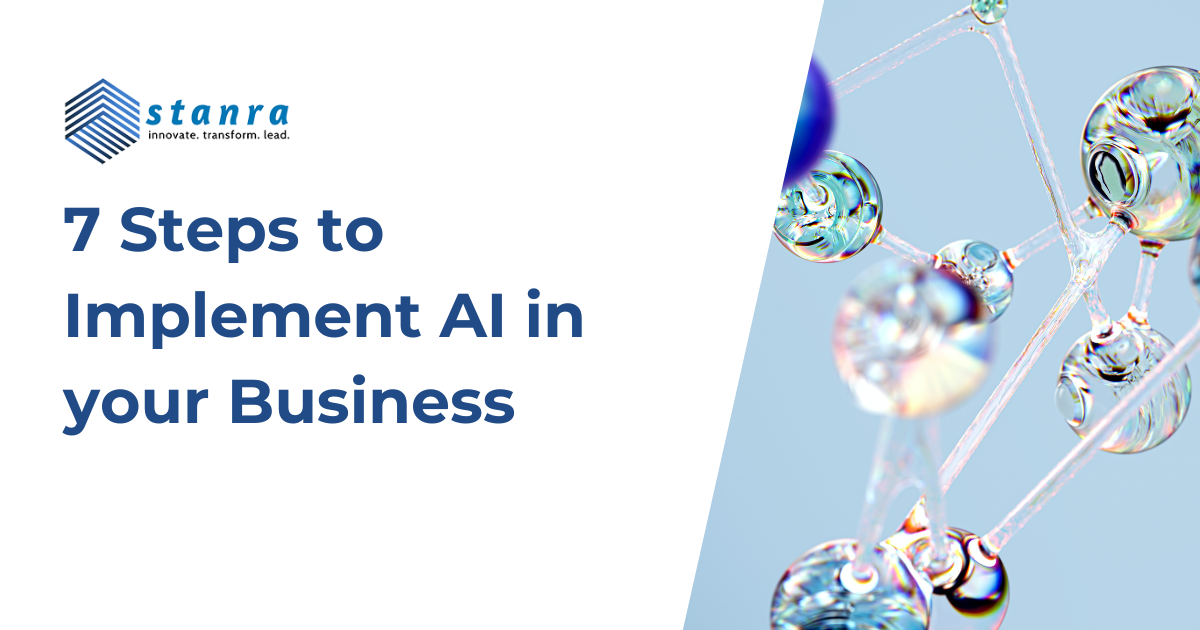

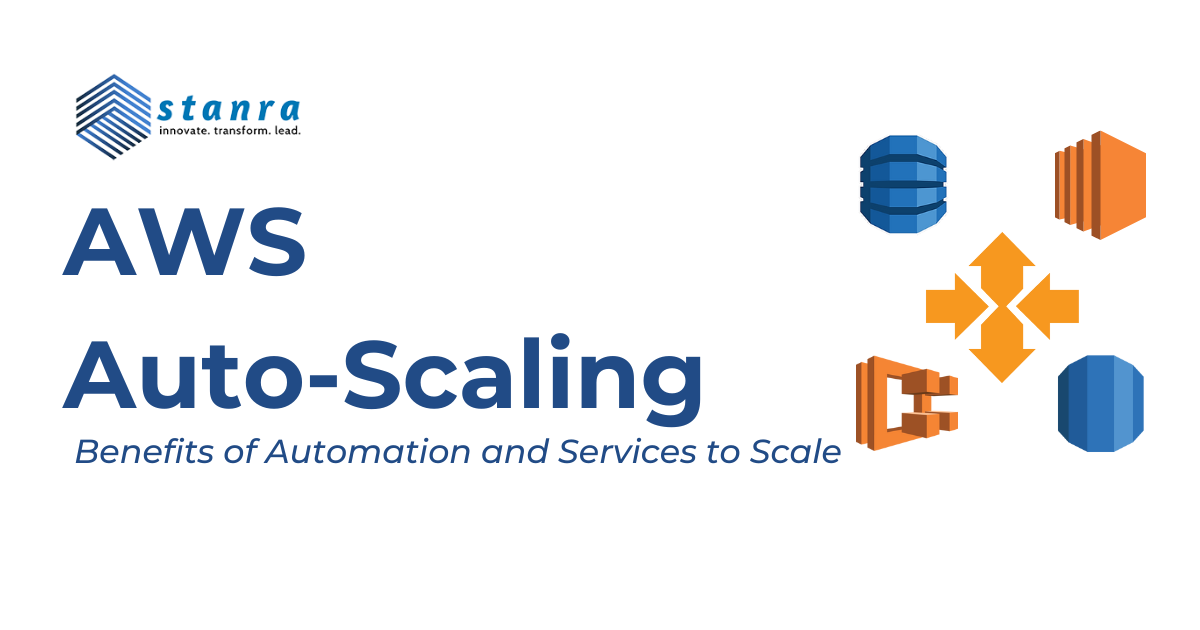
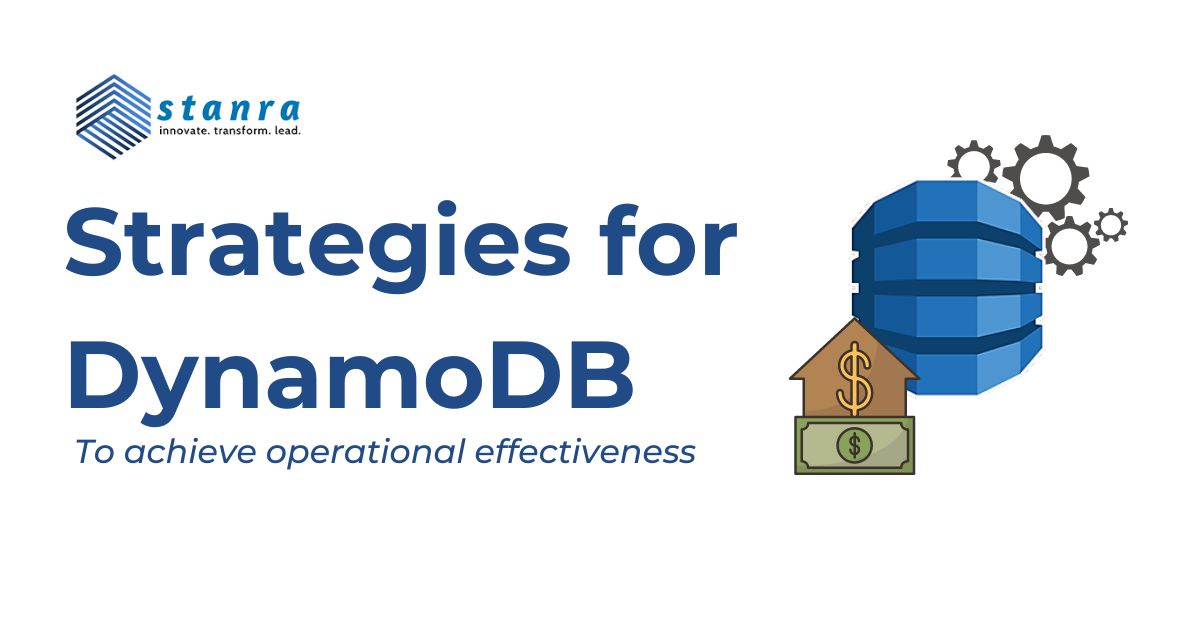
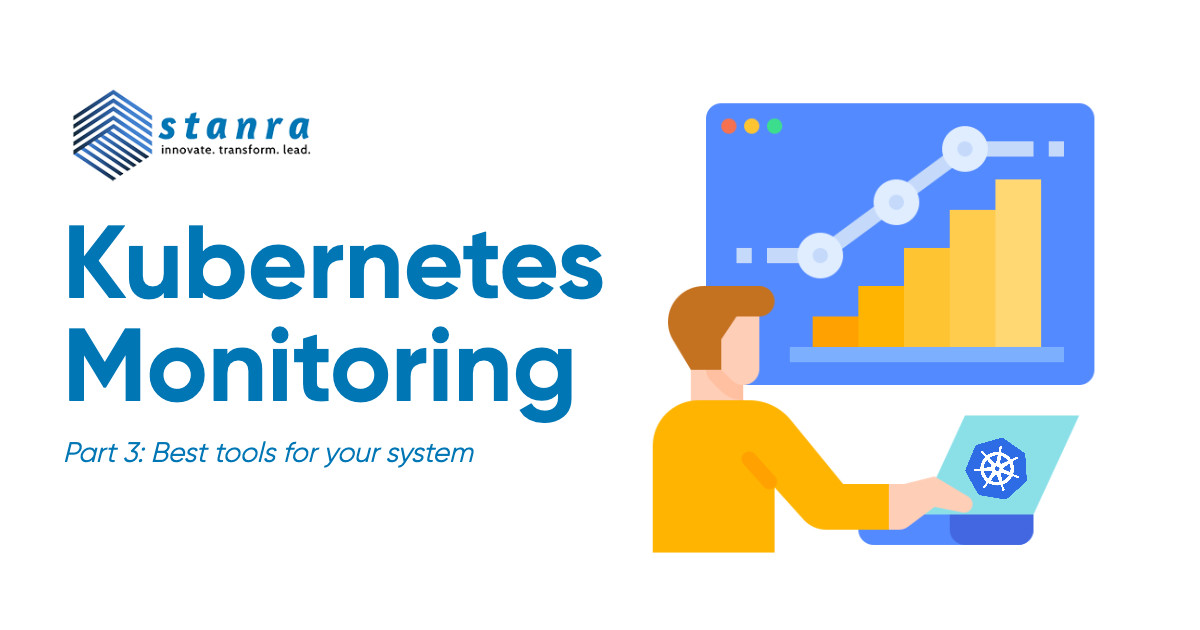
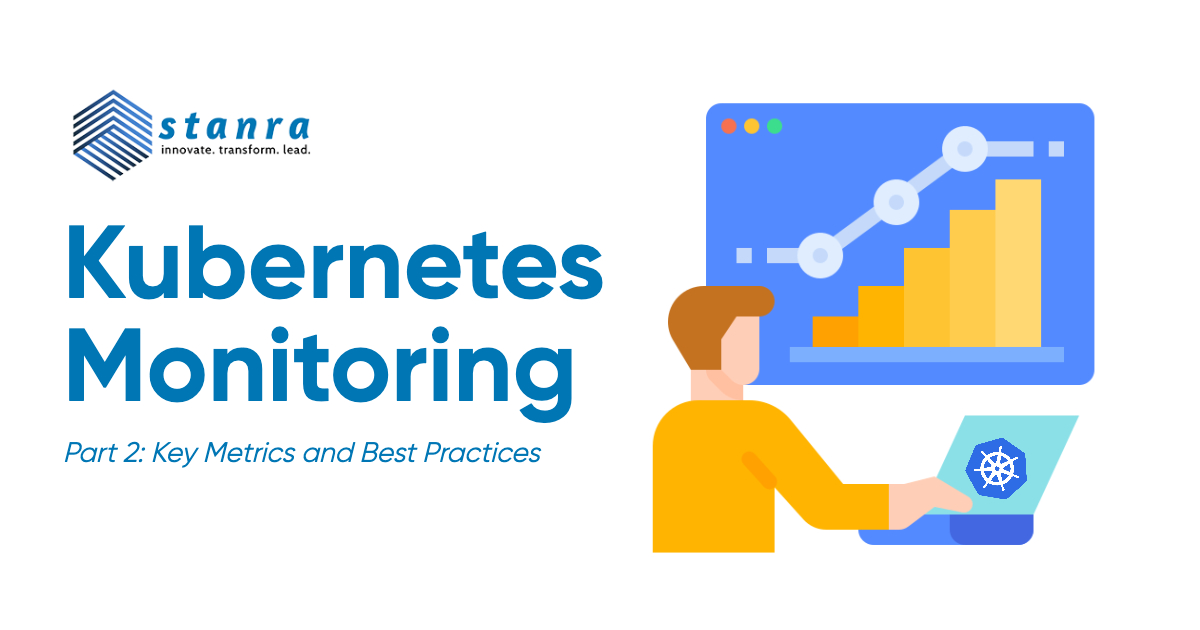
Leave A Comment